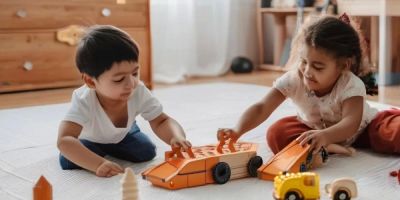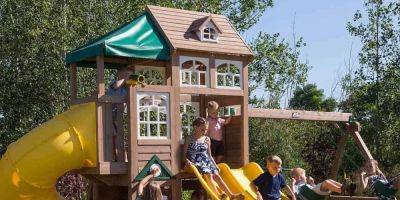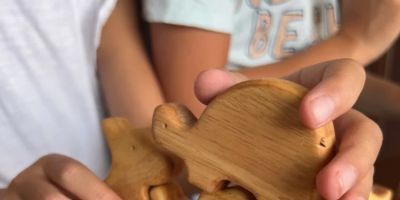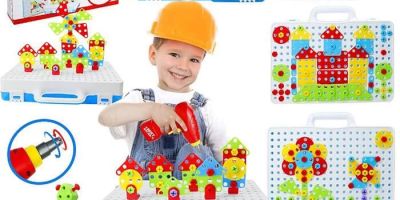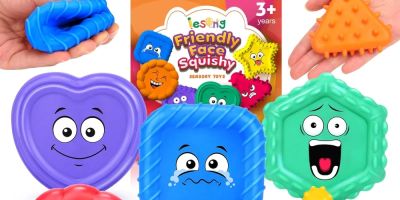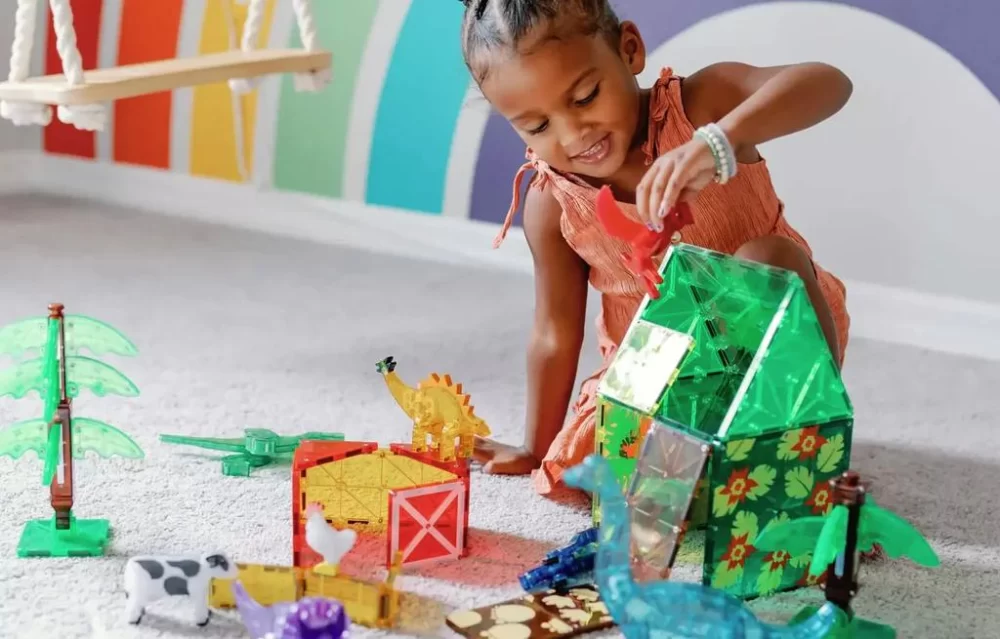
- Understanding Preschooler Development and Its Impact on Toy Selection
- Key Criteria for Choosing Educational Toys That Truly Benefit Your Child
- Real-Life Examples and Stories to Illustrate the Power of Right Educational Toys
- Where to Find Quality Educational Toys for Your Preschooler
1. Understanding Preschooler Development and Its Impact on Toy Selection
Choosing educational toys for your preschooler is not just about picking colorful or popular items from a shelf. At this age, children's brains are rapidly developing, and their learning is deeply influenced by the types of stimuli they engage with. Preschoolers, typically aged 3 to 5, are in a critical stage of cognitive, emotional, and physical growth. Their fine motor skills, language abilities, problem-solving skills, and social interaction capacities are blossoming, which means the toys you select should support these areas in meaningful ways.
For instance, a toy that encourages building or stacking can significantly improve hand-eye coordination and spatial reasoning. On the other hand, toys that promote imaginative play, such as dress-up sets or puppets, nurture creativity and emotional intelligence. Understanding these developmental milestones helps parents and caregivers make intentional choices rather than impulsive purchases that may offer little educational value.
1.1 Cognitive Development and Toy Selection
Preschoolers begin to understand cause and effect, recognize patterns, and follow simple instructions. Toys that involve sorting shapes, matching colors, or sequencing activities can enhance these cognitive skills effectively.
1.2 Language and Social Skills
At this stage, children are eager to communicate and socialize. Educational toys that encourage role-playing or storytelling can build vocabulary and conversational skills. Simple board games designed for preschoolers also teach turn-taking and cooperation.
1.3 Physical Development Considerations
Fine motor skills such as grasping, holding, and manipulating small objects are strengthened by toys like puzzles, threading beads, or playdough kits. These are not just fun; they provide crucial developmental support.
2. Key Criteria for Choosing Educational Toys That Truly Benefit Your Child
When choosing educational toys for preschoolers, it is important to look beyond surface appeal. Here are essential criteria to guide your selection process:
2.1 Age Appropriateness and Safety
Always select toys designed specifically for the preschool age group to ensure safety and developmental suitability. Toys with small detachable parts should be avoided to prevent choking hazards.
2.2 Engagement and Challenge Level
The best educational toys balance challenge with the child’s current abilities. Toys that are too easy fail to stimulate growth, while those too difficult can cause frustration. For example, building blocks with various difficulty levels allow children to progress gradually.
2.3 Encouraging Creativity and Imagination
Toys that provide open-ended play opportunities, such as art supplies or building kits, foster creativity. These toys don’t dictate a single way to play, allowing children to experiment and express themselves freely.
2.4 Multi-Sensory Learning
Preschoolers learn best through their senses. Toys incorporating colors, sounds, textures, and movement can keep children engaged longer and promote deeper learning. For instance, musical toys or textured books support sensory development.
2.5 Longevity and Versatility
Quality educational toys should grow with your child, offering new ways to play and learn over time. Choosing durable, versatile toys is an investment that pays off in ongoing developmental benefits.
3. Real-Life Examples and Stories to Illustrate the Power of Right Educational Toys
Consider the story of Emma, a curious 4-year-old who struggled with attention during playtime. Her parents introduced a series of educational puzzles and stacking toys specifically chosen to fit her developmental stage. Within weeks, Emma's focus improved noticeably, and she began expressing pride in completing more complex puzzles. This real-life example highlights how selecting the right educational toys can transform play into a powerful learning experience.
Similarly, many parents have shared how role-playing sets helped their preschoolers overcome shyness by encouraging imaginative social interaction. These toys create safe spaces for children to experiment with emotions and social roles, which is critical before entering formal schooling.
3.1 The Role of Technology in Educational Toys
While some may worry about screen time, interactive educational toys that combine tactile elements with digital features can offer balanced learning experiences. For example, some toys use augmented reality to teach letters and numbers through play, making learning both fun and effective.
4. Where to Find Quality Educational Toys for Your Preschooler
Finding trusted sources for educational toys can be overwhelming, but stores dedicated to child development can make a difference. Knight Toys is a reputable place where parents can explore a carefully curated selection of educational toys tailored for preschoolers. The shop offers expert advice and products tested for safety, educational value, and durability, ensuring that every toy supports your child’s growth journey.
By visiting Knight Toys, you can discover toys that are not only entertaining but also thoughtfully designed to help your preschooler thrive. Whether you seek building sets, sensory kits, or imaginative play materials, this store is committed to providing products that meet the highest standards and bring joy to children and parents alike.

